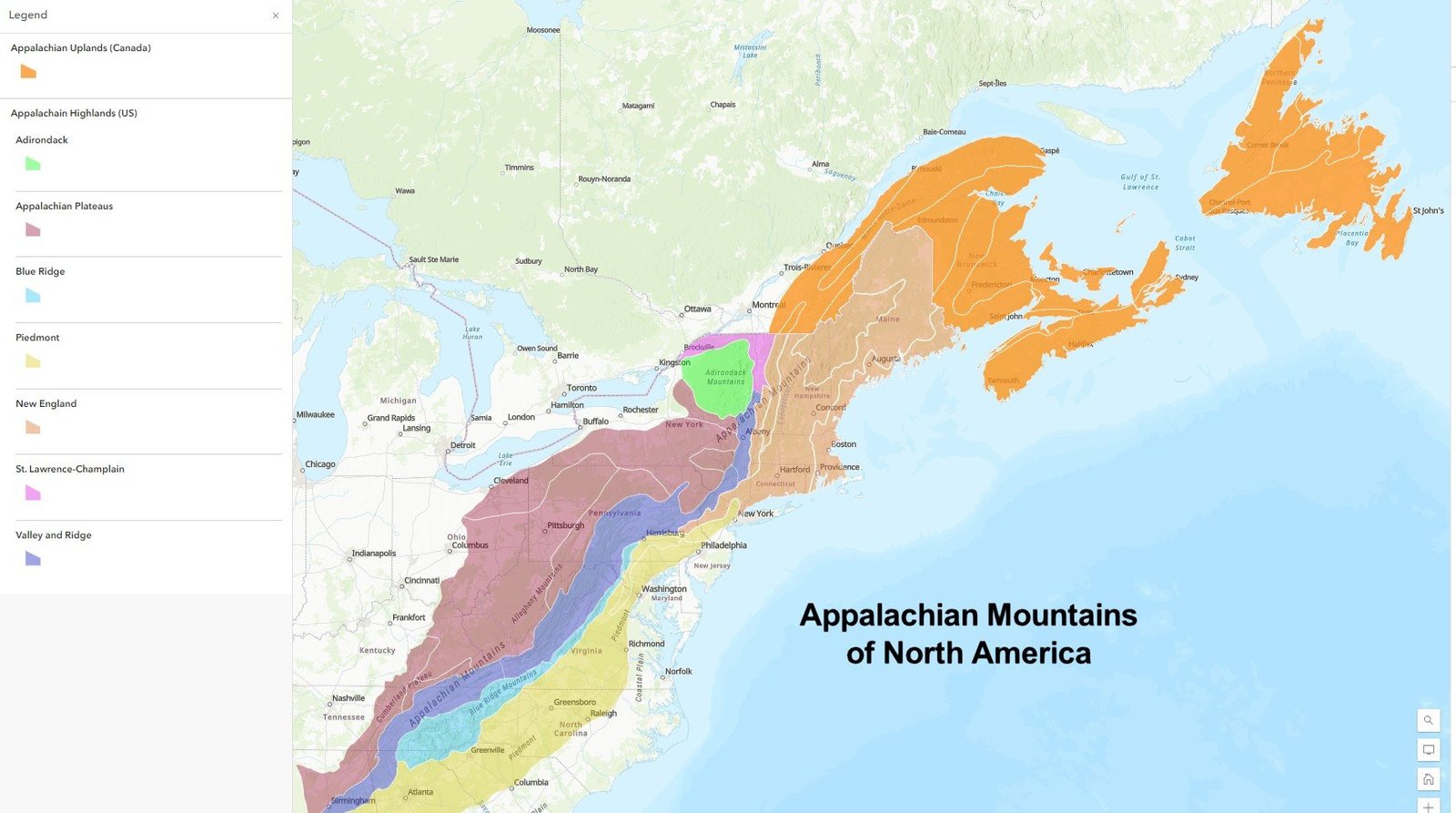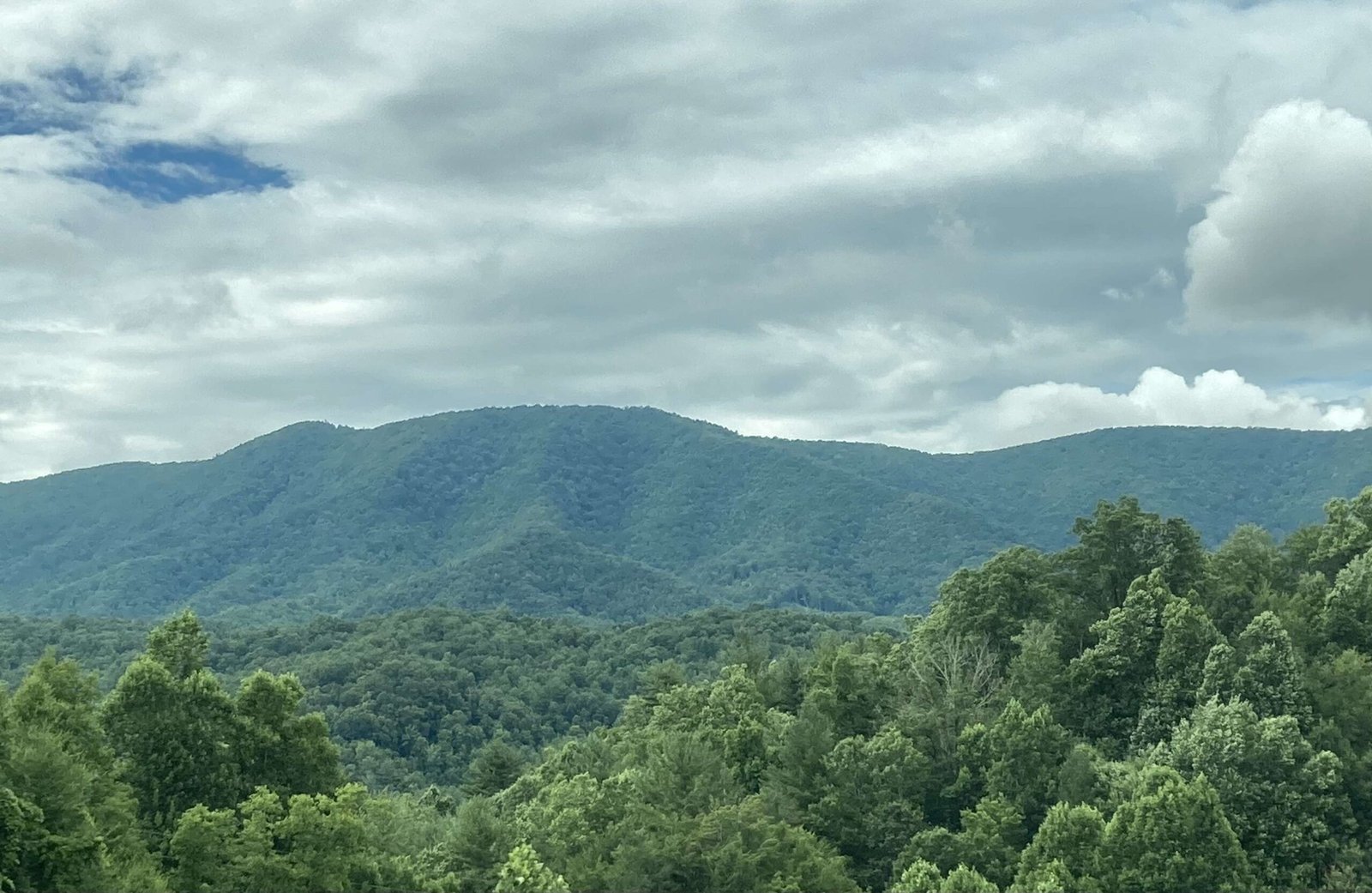The Appalachian Mountain Trail represents a 2,179-mile wilderness odyssey traversing 14 states, offering hikers an unparalleled journey through diverse landscapes, challenging terrains, and breathtaking mountain ecosystems. This comprehensive guide unveils critical insights, strategic navigation techniques, and essential knowledge for conquering one of America’s most iconic long-distance hiking trails, providing adventurers with definitive answers to their most pressing trail questions.
What Makes the Appalachian Trail Unique?

The Appalachian Trail (AT) is more than a hiking path—it’s a transformative wilderness experience spanning from Georgia to Maine. Each section presents distinct challenges and remarkable characteristics that test a hiker’s physical and mental resilience.
How Difficult Are Different Trail Sections?
| Trail Section | Difficulty Rating | Key Challenges |
|---|---|---|
| New Hampshire White Mountains | 6-10 | Steep climbs, rocky terrain, unpredictable weather |
| Southern Maine | 6-10 | Boulder fields, dense foliage, challenging navigation |
| Virginia Roller Coaster | 2-6 | Constant elevation changes, quad-intensive terrain |
| Northern Pennsylvania | 2-4 | Rocky, boulder-strewn paths |
| Baxter State Park/Mt. Katahdin | 5-6 | Lengthy ascent, technical scrambling |
What Essential Gear Should Hikers Carry?
Successful AT hiking requires strategic gear selection:
- Backpack: 50-65 liter capacity with comfortable suspension
- Shelter System:
- Lightweight tent
- Sleeping bag rated for expected temperatures
- Insulated sleeping pad
- Clothing Layers:
- Moisture-wicking base layers
- Insulating mid-layers
- Waterproof/breathable outer shell
- Navigation Tools:
- Detailed topographic maps
- Compass
- GPS device or smartphone app
- Safety Equipment:
- First aid kit
- Emergency communication device
- Water filtration system
Where Are the Most Challenging Trail Sections?
Experienced hikers consistently highlight these challenging sections:
- White Mountains, New Hampshire: Considered the most technically demanding segment
- Southern Maine: Requires advanced navigation and physical endurance
- Mahoosuc Notch: Often called the most challenging mile on the entire trail
- Mount Katahdin: Demanding final ascent with significant elevation gain
How Long Does It Take to Complete the Trail?
Average completion times vary significantly:
– Thru-Hike: 5-7 months
– Section Hike: Varies based on individual segments
– Fastest Known Time: Approximately 41 days
What Are Critical Hiking Strategies?
Successful AT navigation requires:
– Thorough pre-trip planning
– Flexible itinerary
– Physical conditioning
– Mental resilience
– Proper nutrition and hydration management
When Is the Best Time to Hike?
| Season | Recommended Sections | Considerations |
|---|---|---|
| Spring | Southern Sections | Mild temperatures, early blooming |
| Summer | Northern Sections | Longer daylight, potential heat challenges |
| Fall | Entire Trail | Beautiful foliage, moderate temperatures |
How Can Hikers Prepare Mentally and Physically?
Mental and physical preparation involves:
– Consistent cardiovascular training
– Strength conditioning
– Practice hikes with loaded backpack
– Mental resilience techniques
– Understanding personal limitations
Conclusion

The Appalachian Mountain Trail offers an unparalleled wilderness experience that demands respect, preparation, and determination. By understanding its unique challenges and implementing strategic approaches, hikers can transform this epic journey into an unforgettable adventure.

